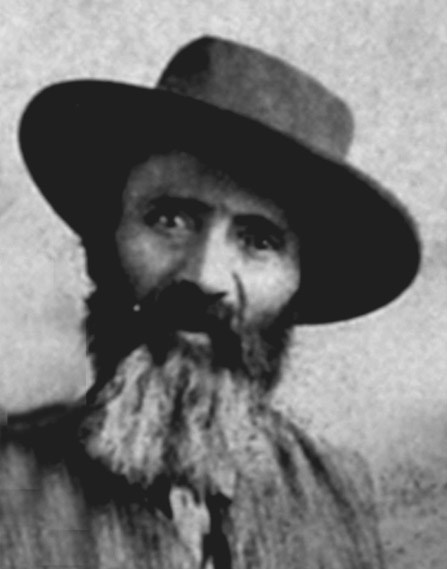
Courtesy Maria Causby Trujillo Homesteads National Historic Landmark, along with the adjacent Medano Ranch and Zapata Ranch, (below on this page) are listed on the National Register of Historic Places. All three historic ranches are located west of Great Sand Dunes.

Courtesy Maria Causby In 1879, their grown son Pedro built a log home nearby that was quite different from his parents’ dwelling. In an interview later in life, Pedro recalled the cultural conflicts between Hispanic and Anglo settlers - and within his own family. The interviewer recorded that Pedro "refused to become a sheepherder, and argued with his father that the sheep would cause him trouble, as that had always been cattle country." Tragically, Pedro's warnings proved true. Teofilo's house was burned down in 1902 by a few area residents, and the Trujillo family relocated to a different part of the valley. 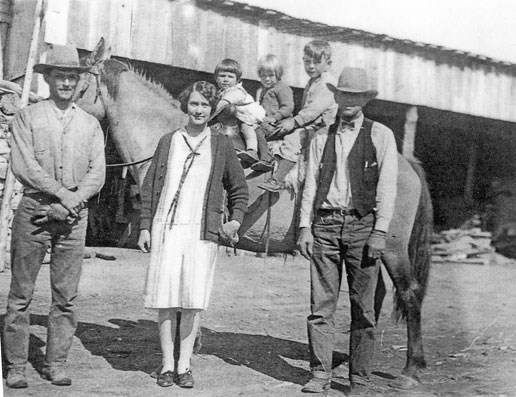
Courtesy Linger family The Linger family purchased the Medano-Zapata Ranches and began a new era of reconciliation in 1911, thriving and raising two generations of children there. Former racial tensions dwindled as they befriended and employed descendants of the Trujillo family. The ranches transitioned into a century of stability and prosperity. 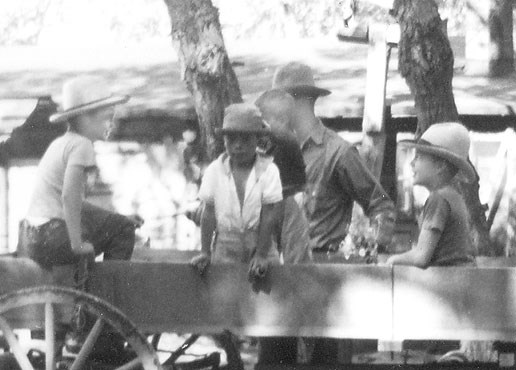
Courtesy Linger family In the photo at left, the Linger children give a wagon ride to their friend Benito Martinez (center), Pedro Trujillo's grandson. Bob Linger recalls: "After the old conflicts between Hispanic sheepherders and Anglo cattlemen, this was a place of restored relationships." Benito and his family lived with the Linger family, who provided ranch positions and friendship to them in an era when it was not the norm. 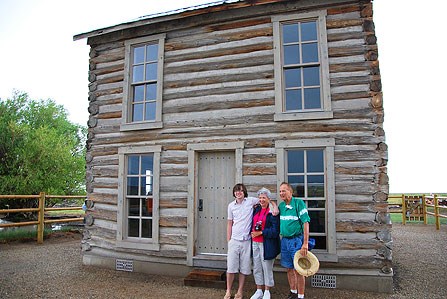
NPS/Patrick Myers The restored Pedro Trujillo homestead (pictured), and scattered remains of the Teofilo Trujillo Homestead, are located on the boundary between Great Sand Dunes National Park and the Baca National Wildlife Refuge. This remote site is currently not accessible to the public. 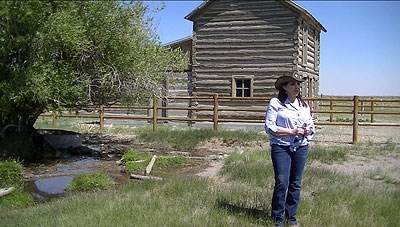
NPS Trujillo Descendants - In Their Own Words (National Park Service Video Interview on YouTube, 10 Minutes) Descendants of Teofilo and Pedro Trujillo share stories and thoughts about their family's history, and the cultural conflicts that led to the burning down of Teofilo's house in 1902. 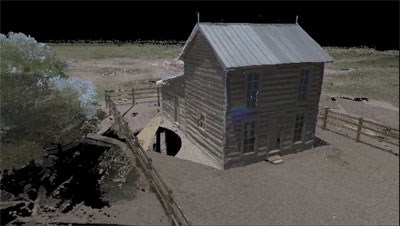
University of Colorado - Denver Trujillo Homesteads - Digital Flythrough (National Park Service Video on YouTube, 4 minutes) Take a digital visual tour of the Trujillo Homesteads National Historic Landmark. |
Last updated: May 1, 2025
